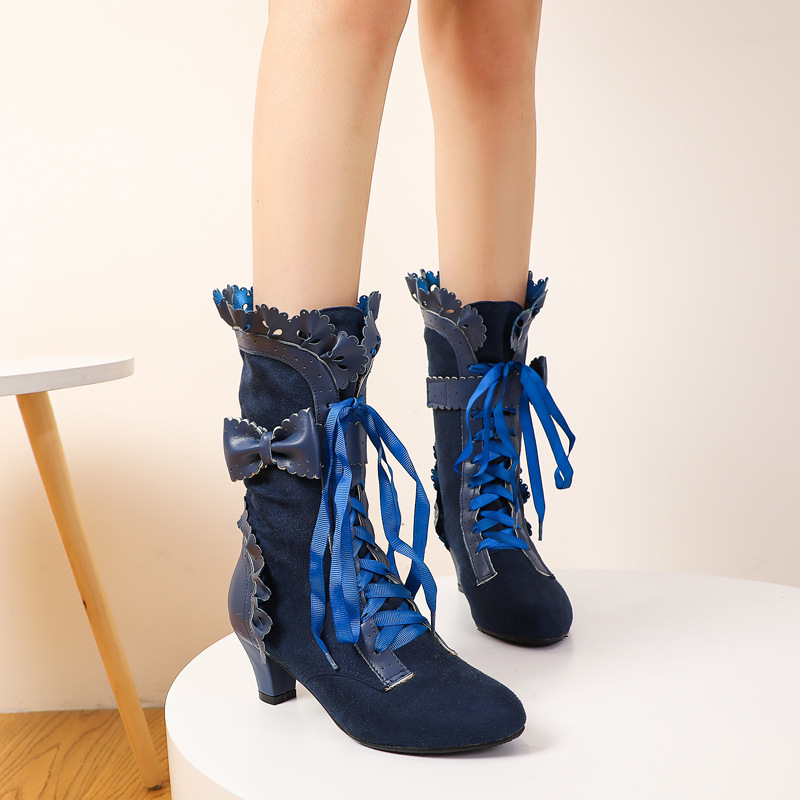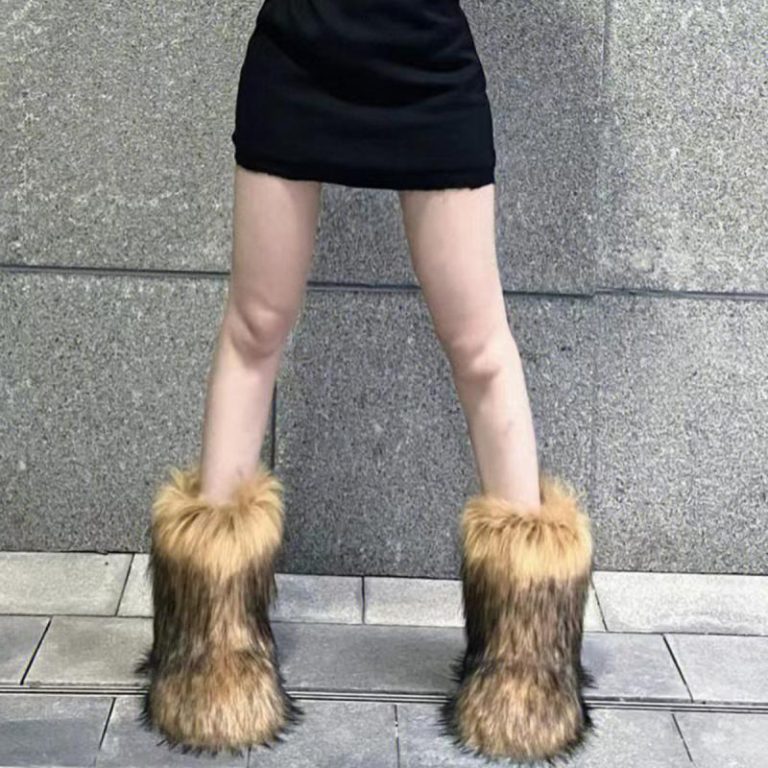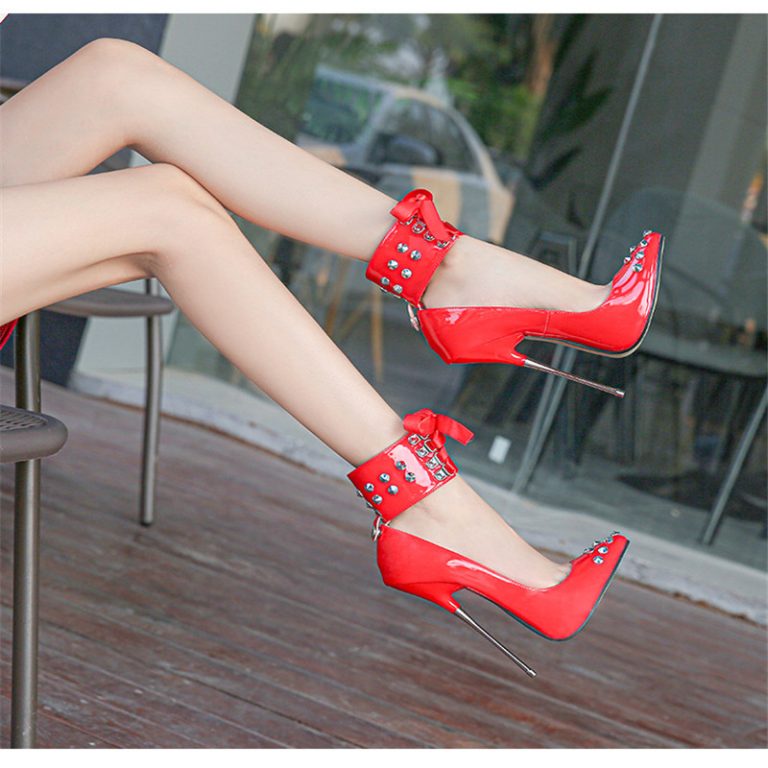Origins and Development of Renaissance Shoes
During the Renaissance period, spanning from the 14th to the 17th century, shoes underwent a significant transformation in style, material, and design. The evolution of Renaissance shoes was influenced by various factors, including cultural changes, technological advancements, and the rise of fashion as a form of self-expression. Initially, shoes in the early Renaissance were simple and functional, primarily made of leather and designed for durability rather than aesthetics.
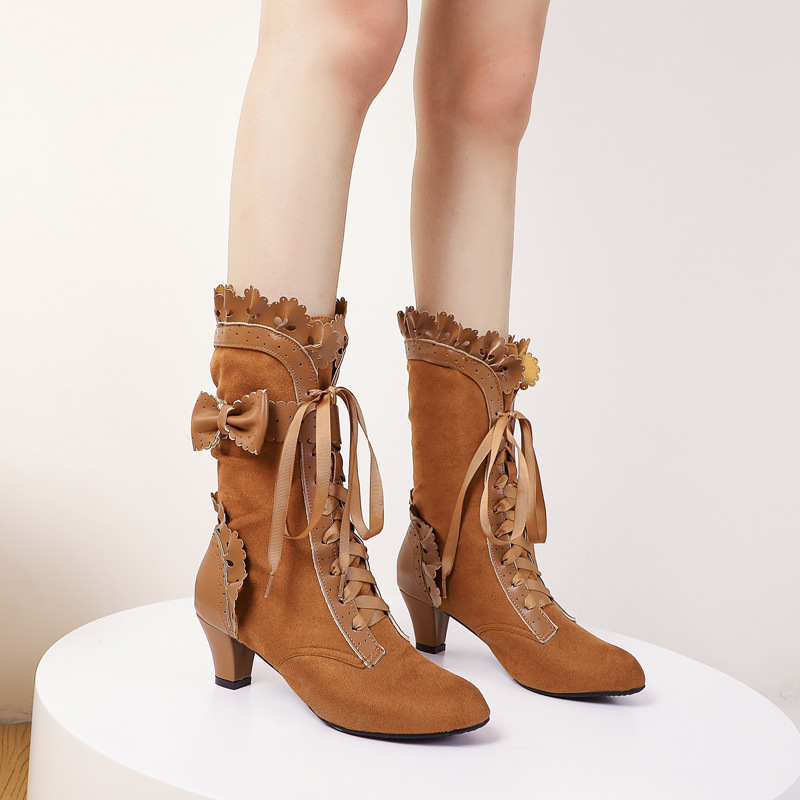
As the Renaissance progressed, shoes became more elaborate and decorative, reflecting the growing emphasis on luxury and elegance in fashion. Nobility and the upper class began to use footwear as a symbol of status and wealth, leading to the development of intricate designs and embellishments. Men’s shoes often featured pointed toes and high heels, while women’s shoes were adorned with ribbons, lace, and embroidery.
Types of Renaissance Shoes
There were several distinct styles of shoes that were popular during the Renaissance period. One of the most iconic types of Renaissance footwear was the chopine, a platform shoe worn by noblewomen to elevate their stature and emphasize their social status. Chopines were often elaborately decorated with jewels, silk, and other luxurious materials, making them highly sought after by the elite.
Another popular style of Renaissance shoe was the poulaine, a type of pointed shoe that became fashionable among both men and women. The length of the point on the poulaine varied depending on the wearer’s social status, with longer points being indicative of higher rank. Poulaines were often made of soft leather and could be embellished with intricate patterns and designs.
Materials and Craftsmanship
The quality of Renaissance shoes was heavily dependent on the materials used and the craftsmanship of the shoemaker. Leather was the most common material for shoes during this period, prized for its durability and flexibility. Shoemakers would often source the finest hides and skins to create shoes that were both comfortable and long-lasting.
In addition to leather, Renaissance shoes were also crafted using silk, velvet, and brocade, especially for formal and ceremonial occasions. These luxurious materials added a touch of opulence to the footwear and were often reserved for the nobility and royalty. Shoemakers employed intricate stitching and embroidery techniques to create elaborate patterns and designs that reflected the wearer’s taste and social standing.

Influence on Modern Fashion
The legacy of Renaissance shoes can still be seen in modern fashion trends and styles. Elements such as pointed toes, high heels, and decorative embellishments continue to influence contemporary shoe design, highlighting the enduring impact of this historic period on footwear.
Designers and fashion houses often draw inspiration from the elaborate and ornate styles of Renaissance shoes, incorporating elements such as lace, embroidery, and intricate detailing into their collections. The fusion of traditional craftsmanship with modern materials and techniques has resulted in a resurgence of interest in historical footwear styles, bringing the elegance and sophistication of the Renaissance to a new generation of fashion enthusiasts.
Rise of the Chopine
One of the most iconic footwear styles of the Renaissance was the chopine. This platform shoe originated in Venice and quickly gained popularity among noblewomen. The chopine elevated the wearer’s height, sometimes reaching extreme heights of up to 20 inches. These towering shoes were associated with wealth and social status, as only the elite could afford such extravagant footwear.
Chopines were often made of wood, covered in luxurious fabrics like silk or velvet, and adorned with intricate embroidery and embellishments. They were a symbol of femininity and elegance, but their impracticality meant that women needed assistance to walk while wearing them. Despite their challenges, chopines remained fashionable throughout the Renaissance.
The Poulaine: A Pointed Fashion Statement
Another prominent shoe style during the Renaissance was the poulaine. These shoes were characterized by their exaggeratedly long and pointed toes, which were often stuffed with materials to maintain their shape. The length of the toe varied, with longer points being reserved for the upper class. Poulaines were typically made of soft leather and were popular among both men and women.
In addition to their distinct shape, poulaines often featured decorative elements such as delicate stitching, ornate buckles, and colorful patterns. They were considered a fashion statement, reflecting the wearer’s social standing and personal taste. Poulaines became so popular that sumptuary laws were enacted in some regions to regulate the length of their toes, highlighting their widespread appeal.
Craftsmanship and Materials
The craftsmanship involved in creating Renaissance shoes was meticulous and highly skilled. Shoemakers were considered artisans, employing techniques passed down through generations to produce footwear of exceptional quality. Every detail, from the choice of materials to the stitching and embellishments, was carefully considered.
Leather was the most commonly used material for Renaissance shoes, prized for its durability and flexibility. Shoemakers would select the finest leather hides and skins, sometimes even using exotic materials like alligator or snakeskin for more luxurious designs. Silk, velvet, brocade, and satin were also utilized for more formal and ceremonial footwear, adding a touch of opulence.
Shoemakers employed a variety of techniques, including hand-stitching, embroidery, and appliqué, to create intricate patterns and designs on the shoes. These skills were honed over years of apprenticeship, resulting in shoes that were not only aesthetically pleasing but also comfortable and functional.
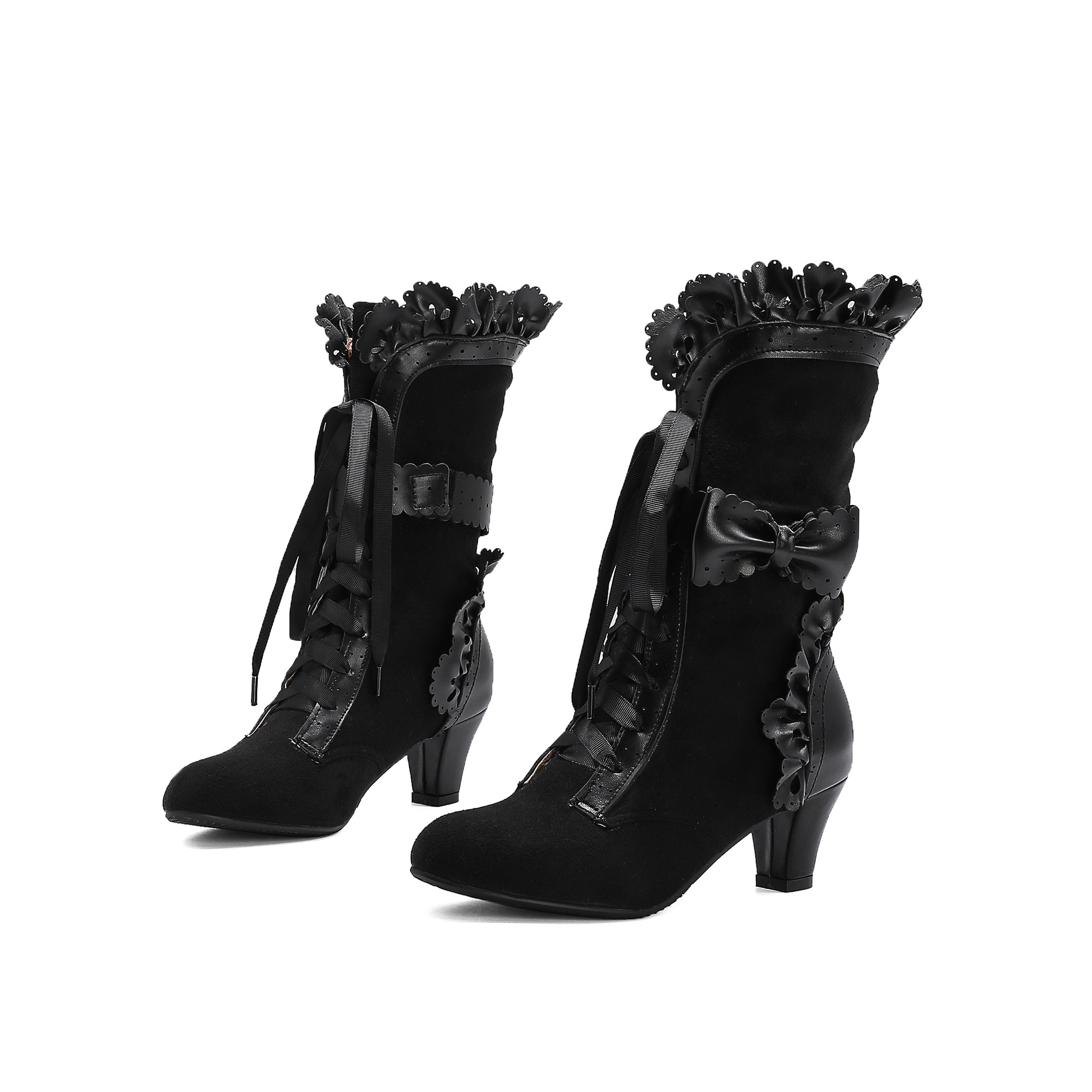
Enduring Influence on Modern Shoe Design
The influence of Renaissance shoes can still be seen in modern-day footwear. Designers often draw inspiration from the elaborate and ornate styles of this period, incorporating elements such as pointed toes, high heels, and decorative embellishments into their collections. Renaissance-inspired shoes are frequently seen on fashion runways and red carpets, showcasing the timeless appeal of these historic designs.
Furthermore, the fusion of traditional craftsmanship with contemporary materials and techniques has led to a resurgence of interest in Renaissance-style footwear. Artisans and shoemakers continue to recreate and reinterpret these historical designs, catering to those who appreciate the elegance and sophistication of Renaissance shoes.

Conclusion
The Renaissance era was a time of remarkable innovation and creativity in the world of fashion, and shoes were no exception. From simple and practical designs to elaborate and ornate styles, Renaissance footwear reflected the social, cultural, and artistic trends of the time. As we continue to draw inspiration from the past and reinterpret historical styles for the present, the legacy of Renaissance shoes lives on as a testament to the enduring influence of this transformative period in history.
